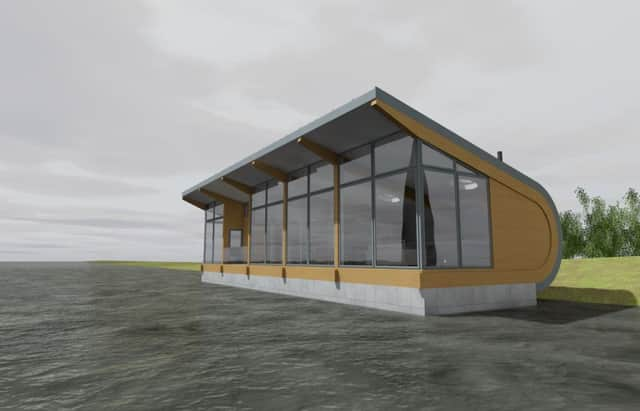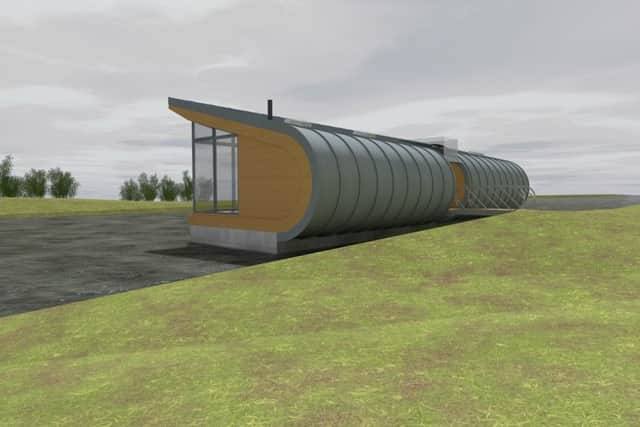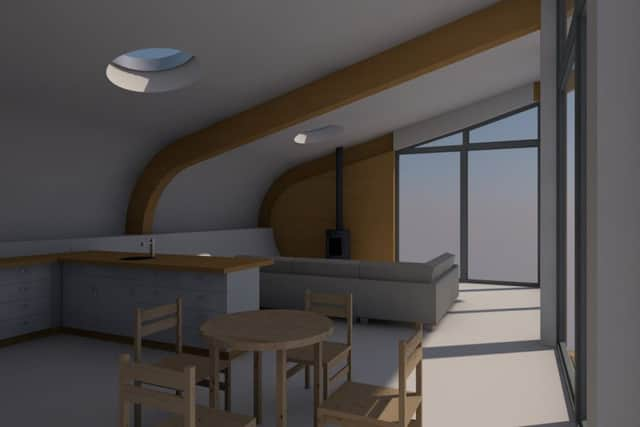Could a floating house be the answer in flooding hot spots?


The property, which will be moored on the Ouse near Bishopthorpe, is a contemporary houseboat with a host of eco-friendly features.
Designed by Malton-based architects Bramhall Blenkharn, the floating home will be constructed from a combination of steel and Glulam timber. The laminated wood, used extensively in America and Australia, is durable and bendable, making it the perfect material for the boat’s curved living quarters. The hull will be made from steel and will sit, catamaran-style, on two narrow pontoons.
Advertisement
Hide AdAdvertisement
Hide AdPete, who lives on land but has a recreational converted barge, plans to make the new boat his home. He says: “The boat I have now is not suitable for living on full-time and, as my background is in 3D design and construction, I thought building my own boat was a good idea, rather than converting an existing barge.”


The aim is to make it self-sufficient and contemporary. Unlike land-based property, no planning permission or building regulations compliance is required so architect Ric Blenkharn free rein when designing the vessel.
He says: “It’s the first time I have designed a houseboat, though I had reference points because contemporary models are quite common in Holland and in Denmark. We had to think about the size, buoyancy and mooring but apart from that we had a lot of freedom.”
The 20m x 5m vessel, which is also capable of cruising the waterways, will cost about £100,000 to build. Although the hull manufacturing will be outsourced, Pete aims to construct most of the structure himself.
Advertisement
Hide AdAdvertisement
Hide AdThe river side of the boat has extensive glazing to make the most of the views. There are also porthole-style windows in the roof but banking side of the boat has no glazing, which provides privacy. Inside, there is an open plan living space, two bedrooms, two bathrooms and a ladder leading to a small roof terrace.


Pete’s new home will generate its own heat and hot water via solar panels, recycle toilet waste and filter the river water for drinking and bathing.
He says: “I won’t have to hook up to the electricity, I won’t need a generator, I won’t have to pump out waste either and I won’t have to bring drinking water on board. Rather than feeling like you’re camping, the boat will feel like a proper home.”
If his prototype is successful, Pete may build to sell. “I think there is a market among those who want to live on the water and those who want to let them for holidays,” he says.